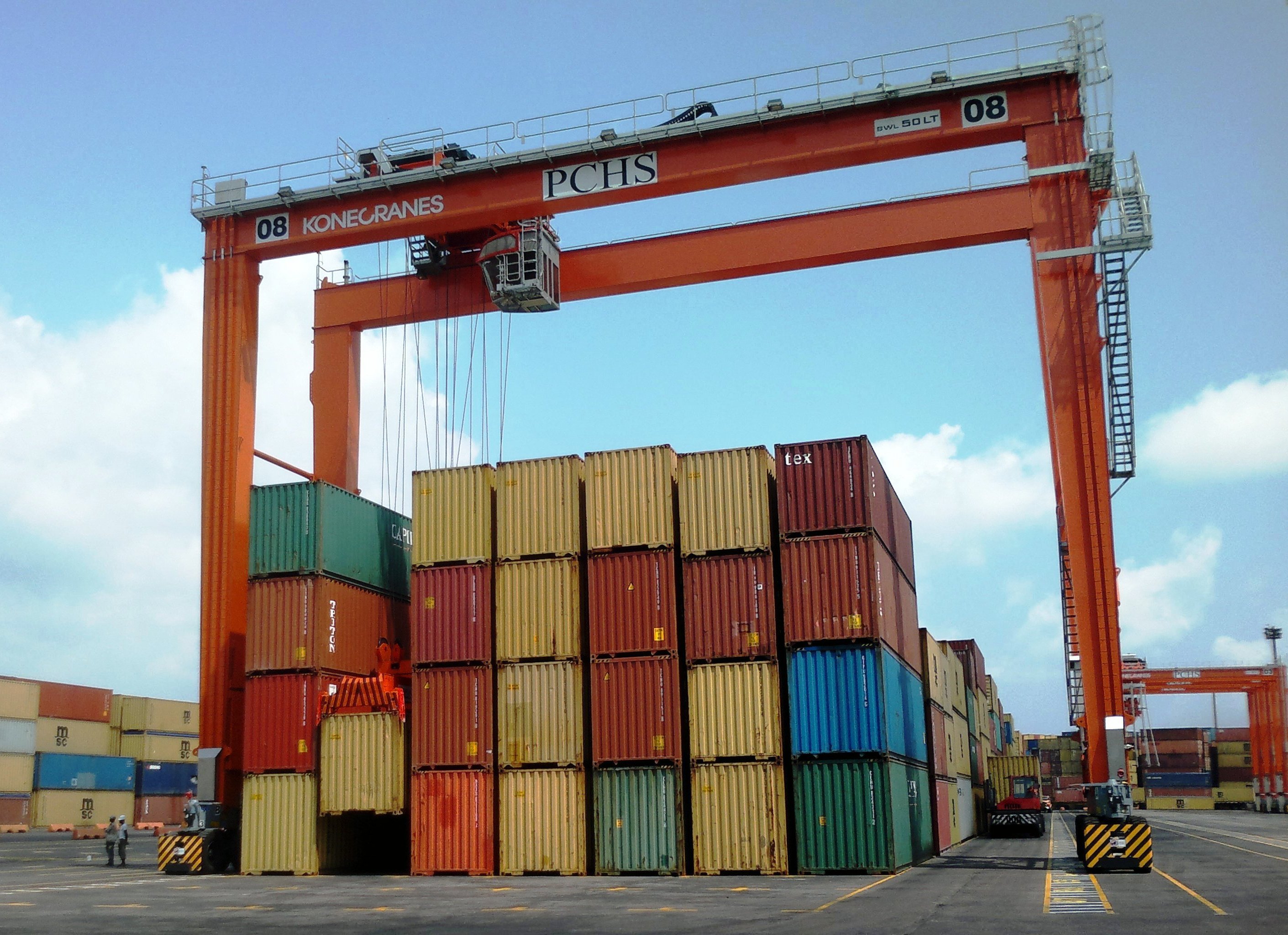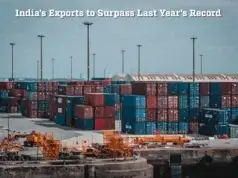Land-locked Telangana that lost its entire coast to residual Andhra Pradesh is planning to set up dry ports to be able to cash on export opportunities using neighbouring seaports. State nodal agency Telangana State Industrial & Infrastructure Corporation Ltd (TSIIC) has appointed consultants to prepare a feasibility study on the subject. Speaking to Projectmonitor by phone, a senior TSIIC official explained that the consultants would be working on the feasibility of setting up dry ports at locations that the official did not wish to name. Once the feasibility is established, the capacity and cost of setting up a dry port at the selected locations will be worked out. TSIIC expects that the feasibility studies would be completed by January 2016.
When asked about the modality by which the dry ports will be set up, the official said that public-private partnership would be the mode of preference. However, private sector participation would depend on the private developer’s perception of economic viability of the project. If the private sector, by and large, finds the projects unviable, the state government might have to set up the ports on its own, he said. However, the final picture will be clear only when the consultants establish feasibility of the proposed dry ports.
A dry port is a general term given to an inland facility that facilitates exports of goods by routing merchandise to neighbouring sea ports. An industry player explained that a dry port could be an inland container deport or a container freight station at which an exporter can complete all export formalities without actually moving cargo to the port from where export of goods will take place. For the exporter, a dry port functions like a port, for all practical purposes.
One of the favoured locations for a dry port is between Armoor and Balkonda in Nizamabad district, it is learnt. Satupalli in Khamman district is also a potential location given its agribusiness potential and its proximity to Kakinada port in Andhra Pradesh.
In July last year, the Centre proposed that 12 satellite dry ports be set up at various locations in the country. This would enhance traffic at seaports and give exporters in landlocked regions a cost-effective solution for exporting goods. In fact, the idea of dry ports was inspired by the carving out of Telangana from undivided Andhra Pradesh in June 2014. The newly formed government proposed satellite ports as a measure to compensate the ceding of all its seaports to residual Andhra Pradesh.
In a dry port, connectivity to seaports is usually by road or rail. In the case of Telangana, accessible seaports include Kakinada, Krishnapatnam or Visakhapatnam. Interestingly, Telangana also has a potential option of setting up a port on the banks of River Godavari so that goods could be moved via inland waterway to Kakinada Port.
Dry ports can become successful only where there is good connectivity to existing seaports. At this juncture, is pertinent to recall the government’s intention of boosting port connectivity at existing government-owned ports through a special purpose vehicle. Proposed in August last year, the new entity, with its equity pooled in from contributions from major ports, will focus on completing languishing road- and rail-based port connectivity projects. An estimated Rs.20,000 crore worth of port connectivity projects have not moved beyond their announcement stage.











